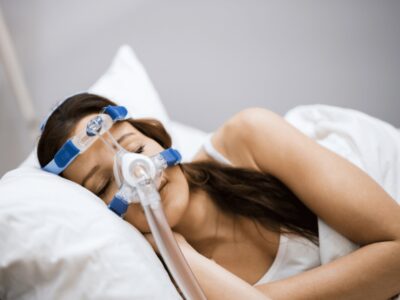
Modern hospitals have to align with the ‘new world order’ to thrive in the competitive healthcare industry. According to the U.S. News & World Report methodology, some of the main aspects that define the best hospitals include:
- Low readmission rates
- Facilities have a high risk-adjusted survival rate
- Excellent nursing services
- High patient safety
- Great patient experience
As the baby boomers age, they suffer from different health complications and lifestyle diseases, the demand for hospitals offering first-rate healthcare services at pocket-friendly prices is increasing. Read on to discover the five main features that the prestigious medical institutions uphold.
- Patient-Centered Treatment Approach
The best medical facilities strive to ensure the convenience and comfort of clients at each phase of treatment. For instance, a patient should be able to book an appointment to avoid queuing for many hours at the hospital.
Similarly, the best hospitals have excellent systems for tracking patients’ admission, treatment expenses incurred, and the diagnosis made. Hospitals should have a strategy for providing customers with accurate information to allow them to decide their next course of action. For example, the best medical facilities allow customers to choose between generic and original medication or choose a treatment approach within their budget.
- Offers Top Quality Medical Care
Many patients rush to seek medical assistance because they want to regain normal health and feel comfortable. Doctors should assure clients that they would be fine. They should also notify the patients of the actions they are going to take and the expected outcome. The best hospitals have empathetic doctors who excel in reassuring patients of recovery by offering support and any necessary care during the treatment process.
Similarly, doctors should offer customized medical care since each client requires a unique treatment approach, not a one-treatment-fits-all program. The doctors attend to each client as if they are family.
- Dedicated to Achieve Excellence
The best hospitals are committed to introducing and sustaining new technologies, process improvements, and treatment methods. Given that some companies have appeared on the best hospitals’ list for over a decade, the facilities’ employees are committed to giving the best therapy to promote healthy communities and treatment outcomes.
The best hospitals also have excellent leaders committed to steering the organizations in the right direction. Organized and accountable administrators introduce management policies and hire skilled professionals with the ability to meet the requirements of each hospital department. For example, the human resources executives hire doctors based on their expertise instead of friendship and relationship. The management also devises suitable means of motivating employees to boost their overall performance.
- Encourage Innovation Culture
Top-quality hospitals encourage employees to introduce innovation in their respective fields. For instance, Frederick Hospitals have an R&D department that investigates and recommends technology, automated software, improved treatment techniques, and other better medical systems. The R&D department also seeks better treatment solutions for chronic virus pandemics through evidence-based studies.
- Invest in Efficient Communication System
All the best hospitals have efficient clinical communication systems. In the case of Frederick Hospitals, they use Spok Care Connect to ensure collaboration and smooth communication among different medical teams.
The Spok Care Connect is customizable to any system. Each hospital can modify the communication tool to suit their requirements. For instance, some healthcare institutions provide each doctor with phone-based apps that they can use to send messages to their colleagues. In the same vein, patients have a button they can press to alert nurse teams of an emergency.
The system also includes monitoring and surveillance capabilities that hospital administrators can use to track on-duty staff’s activities. The surveillance package helps ensure that everyone is at the appropriate place and ready to respond promptly in case of an emergency.
Lastly, the communication system allows quick retrieval of patients’ data. In case a loved one calls the hospital to find out how a client is doing, the operator can pull out the information and relay accurate details as recorded by a healthcare expert.










